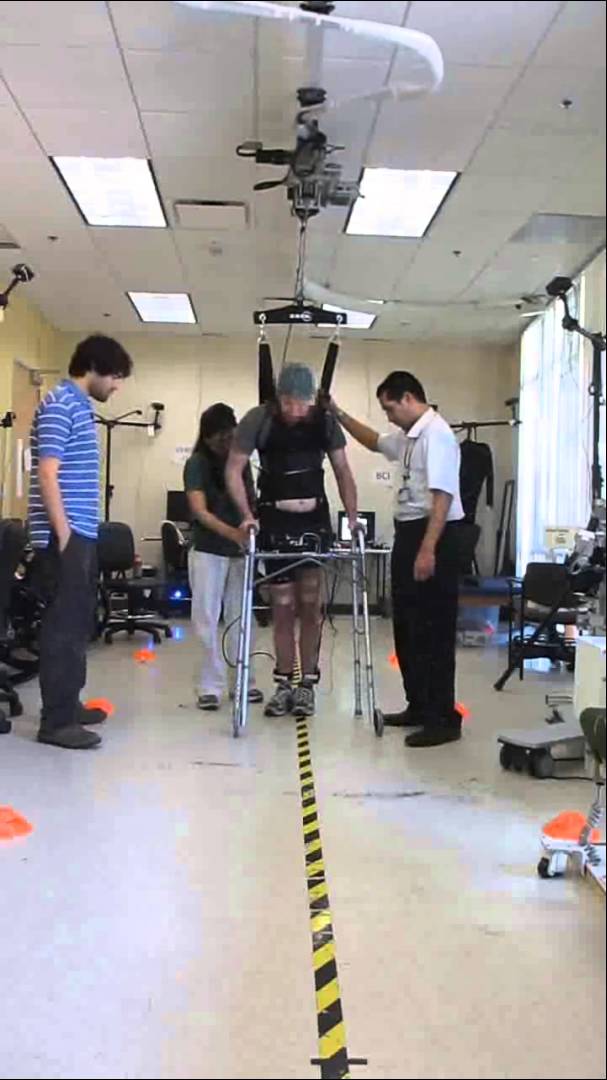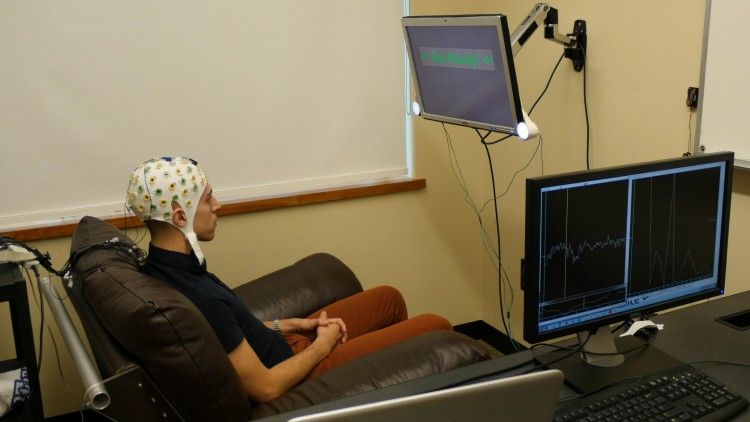![]()
The past few years have been marked by the proliferation of lab-grown organs, including limbs, livers, skin, heart tissue, and yep, even penises. But piecing together an organ, cell-by-cell, in a way that resembles the real thing is only half the challenge — you’ve actually got to make it work as part of several incredibly complex systems in a living, breathing organism. And that’s where most attempts fall flat.
But researchers in Japan have managed to grow fully functioning kidneys in the lab, and when transplanted into pigs and rats, they filtered out urine just like a natural kidney. Built using stem cells that had been extracted and then incubated in the animal recipients, the kidneys point to the possibility of lab-grown kidneys for humans in the future.
Led by Takashi Yokoo from the Jikei University School of Medicine in Tokyo, the team figured out how to overcome a challenge they’d faced previously with these lab-grown kidneys: they were good at processing urine, but instead of passing it into the natural ureter, they ballooned dangerously under the pressure.
Read more
















